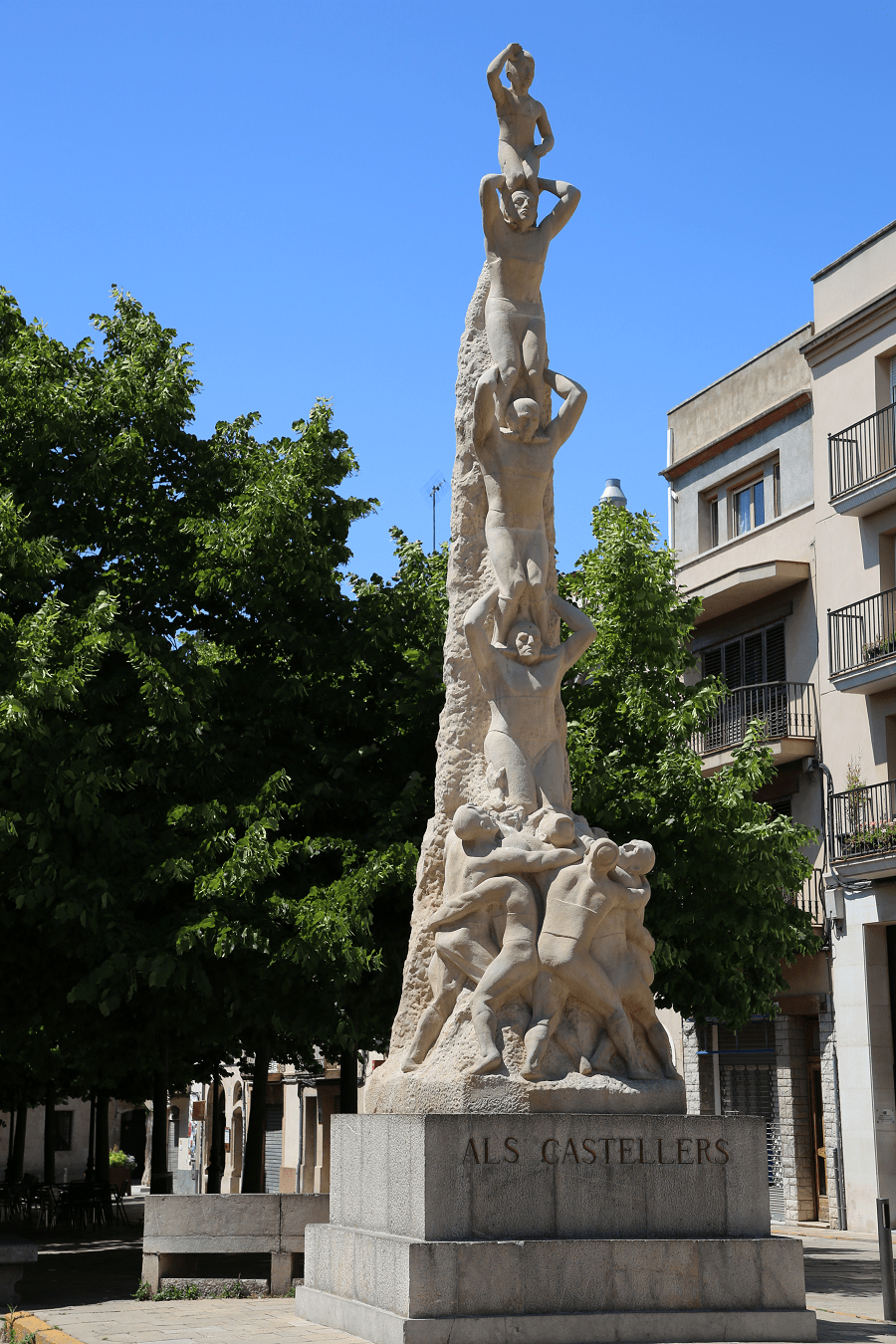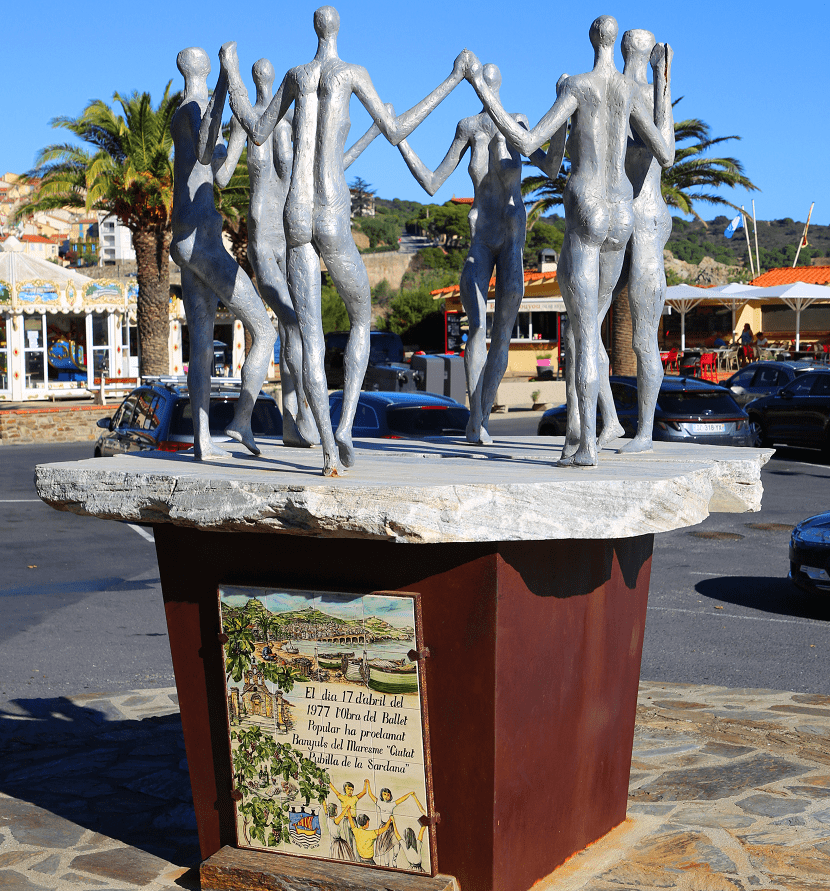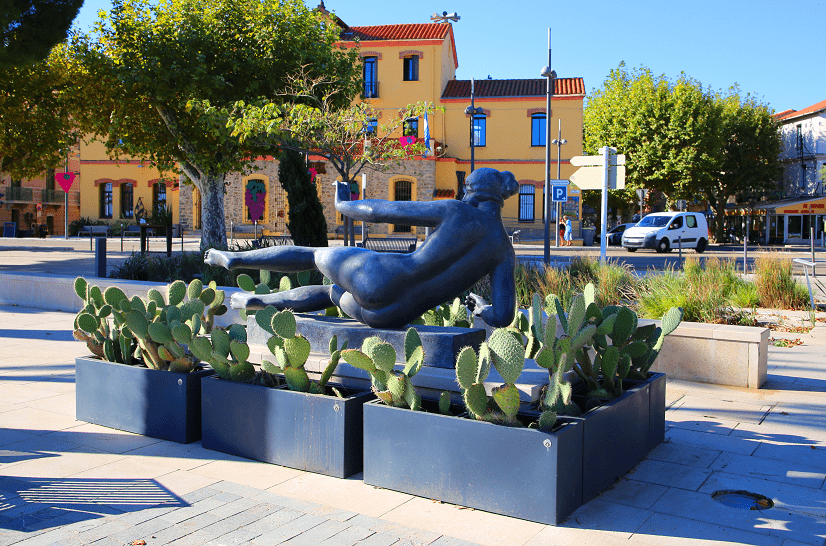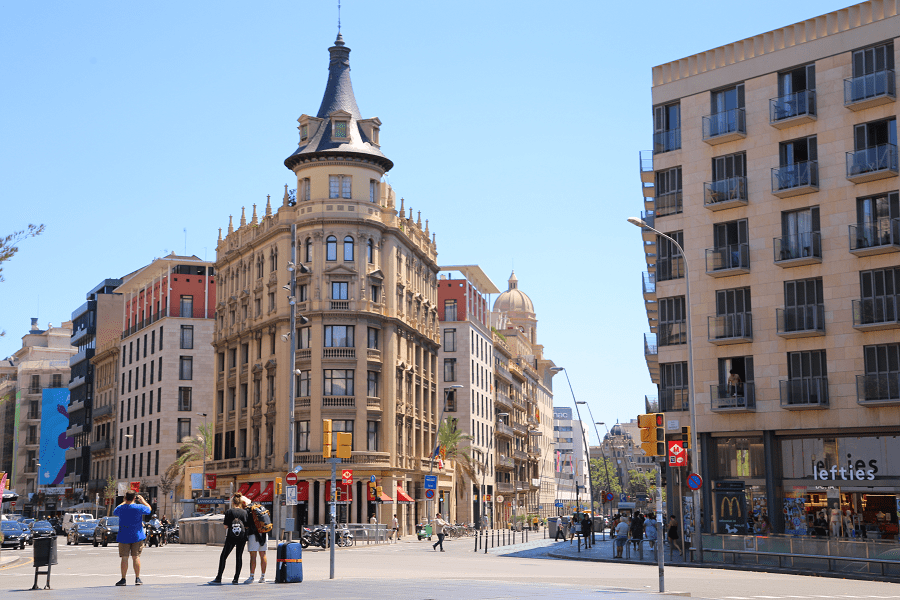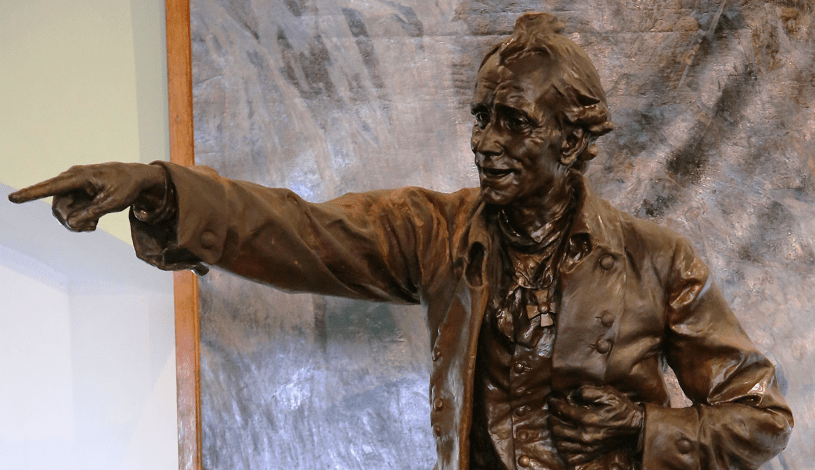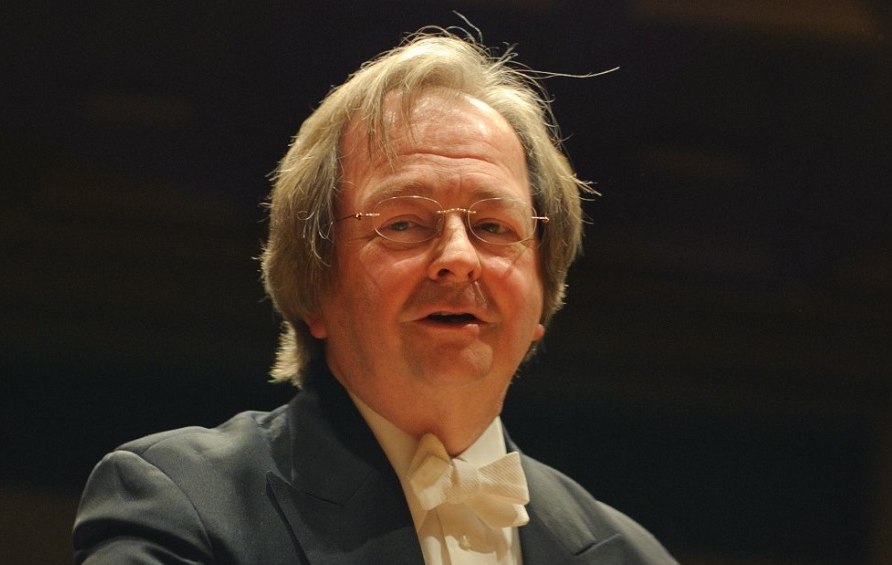Joan Mañé Fort is a Catalan artist from Reus, a graduate in geography and history from the URV University of Tarragona. He has been interested in painting since childhood. For six years he was a student of the famous Catalan artist Pere Calderó Ripoll. He has made several personal exhibitions and has taken part in other shows in his homeland, Spain (Reus, Tarragona, Figueres, Barcelona), and abroad (New York, Paris, Florence, Frankfurt, Innsbruck, Ghent, Copenhagen) including Russia (Saint Petersburg).
On February 21st, at the Russian Center of Science and Culture in Madrid, an artist’s personal show will be inaugurated. The exhibition is scheduled to celebrate Defender of the Fatherland Day in Russia, and will include paintings on Russian military issues, boats, airplanes and other military equipment, as well as Russian churches and cathedrals. The artist told all-andorra.com that he connected with Russia and shares his creative plans for the future with the country.
Interview : Irina Rybalchenko
Please, tell us what connection do you have with Russia?
Having lived in Figueres, and popular summer holiday areas in Catalunya, I have got to know many tourists from all over the world, including Russia. I am a painter as well as historian and I have always been interested in Russia with its history, culture and art. Especially Russian cathedrals and orthodox churches with their colours and forms.
Do you have family in Russia?
I don’t have family in Russia, but I’ve met many people from Russia who have been to Figueres, the Dalí Museum, and the Costa Brava, Girona, and I felt very comfortable with their treatment.
Do you speak Russian?
No I don’t speak Russian, I only know a few words. What I know, and it seems curious, is to read and write in Russian. Precisely I understand the Cyrillic alphabet and how to translate it to the Latin alphabet and vice versa, I can read everything that is written in Cyrillic, that is, Russian, Serbian, Bulgarian … but I don’t understand what it says.
I understand the spelling of the letters as drawings that they are; it’s curious, right? As a historian, I have always been fascinated by the graphics used by different cultures throughout history. With Cyrillic, I even understand some words written in Greek, as Cyrillic has connections to it.
When did you start painting Russian churches and Russian military material? And why?
I have always been interested in painting and drawing elements of architecture, both urban and monumental, and engineering topics like cars, boats, planes … The illustrations in books and encyclopedias awoke an interest in me ever since childhood. I have drawn churches, as well as civilian and military locomotion means from different countries of the world, also from Russia.
But what inspires me most of all, is the architecture of the Russian Orthodox cathedrals and churches, with their golden or polychrome domes and their elaborate forms and details. For me, they are a fascinating world to discover in every drawing I do.
In which exhibitions have you participated in Russia?
I recently participated in the V skladtxinu Gallery in Saint Petersburg from June 18 to July 1, 2018, in a collective exhibition with the collaboration of the Crisolart gallery in Barcelona. I took part with two works. It was the first time my work was exhibiting in Russia.
Do you have your works in collections of Russian art collectors?
Not in the collections of Russian art collectors, what I have are works in the hands of Russian people, which are mainly drawings on Russian subjects and portraits of people that I’ve had occasion to meet in person in Catalonia.
Have you ever been to Russia? In which cities? Which one do you like most of all?
I haven’t been to Russia yet, but I do not rule out traveling there in the future. As I said before, as a historian you can understand many things about places and cities before being physically there, and in my opinion the most beautiful city in Russia is St. Petersburg, due to its artistic beauty. However, according to my humble understanding, the essence of Russia would be more inland, towards the Moscow area and the rural area of Siberia.
What does the exhibition at the Center of Russia in Madrid mean for you?
This exhibition in Madrid is an opportunity to showcase my recent work related to Russia and, to show it to its people who reside in Madrid.
Tell us about your latest exhibitions: what paintings and in what cities?
My last exhibitions, apart from the V skladtxinu Gallery in St. Petersburg, in June 2018, mentioned earlier, have been in the Agama Gallery of Toulouse, in France, at Toulouse ART + 100% (it’s the title of the exhibition) , in August 2018; at ST.ART 2018, in Strasbourg, France, in November 2018, and in Artehos 2018, in Barcelona, in December 2018. All with paintings of Catalonian landscapes.
What are your plans for the nearest future? In which exhibitions do you plan to take part?
Surely another exhibition in Barcelona, where there are two galleries with which I have been involved for some time: Crisolart Galleries de Barcelona and Artbaho Barcelona Art. I would also like to have exhibitions in Andorra, France and Russia. I would also like to comment, that I am very grateful for the invaluable help I have had from
the digital diary all-andorra.com, for the opportunity and assistance in organizing this international cultural event, as well as for its delicacy and attention.
* all-andorra.com is the organizer and information partner of the exhibition of paintings by
Joan Mañé at the Russian Center of Science and Culture of Madrid.




